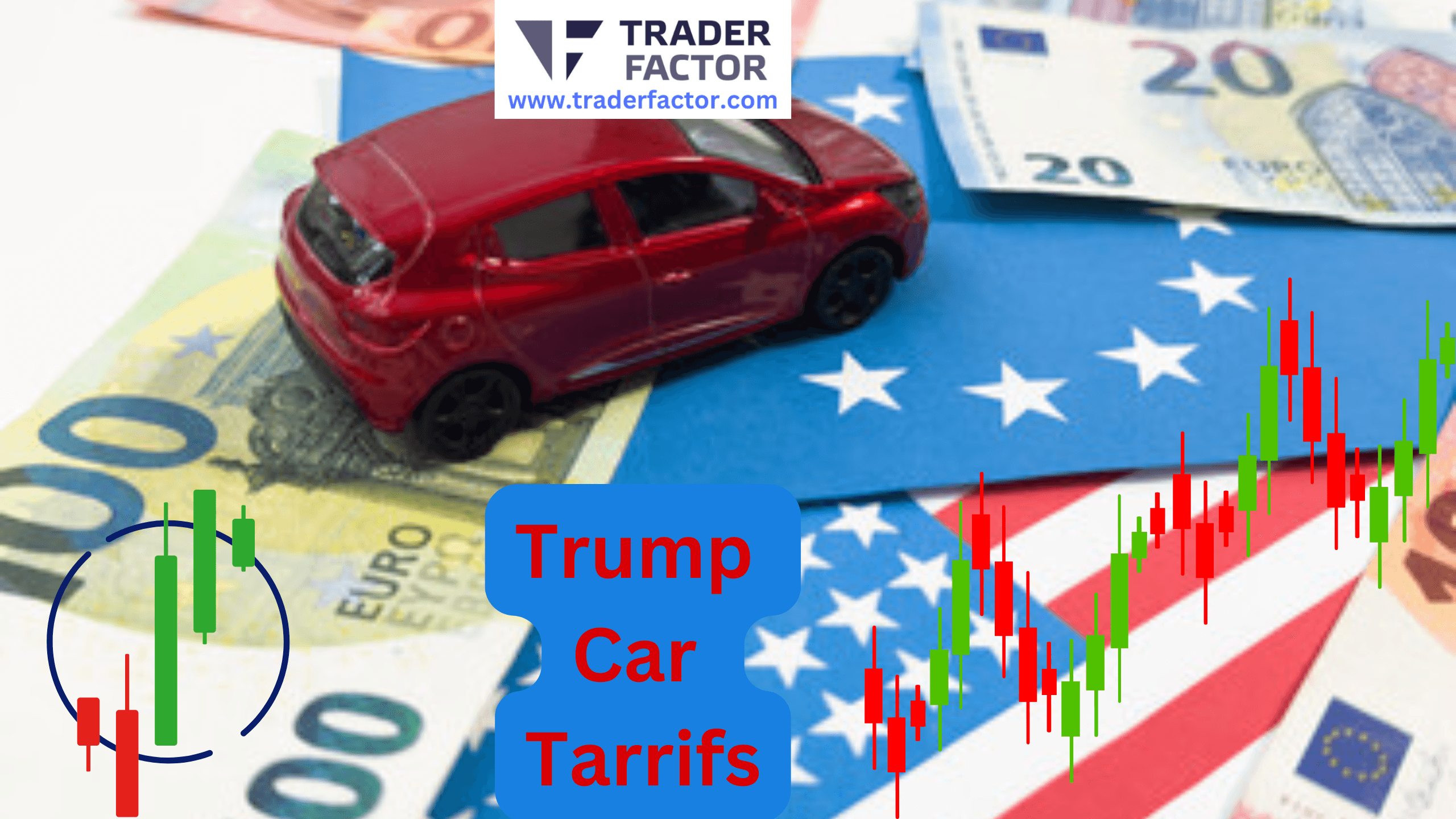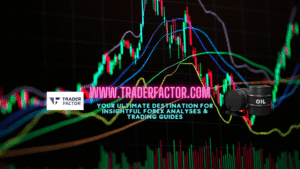President Donald Trump has introduced a substantial 25% tariff on all imported automobiles and vehicles, set to start on April 3, 2025. This policy, aimed at enhancing domestic production, has raised concerns about higher vehicle prices and global trade tensions. Automakers, heavily dependent on international supply chains, face significant pressure. As stock markets show immediate volatility, foreign countries are considering potential retaliatory measures. The tariffs, although intended to revitalize American manufacturing, pose complex challenges to consumers, investors, and trading partners. These developments mark a sharp escalation in the ongoing trade disputes, with wide-reaching implications for the U.S. economy.
Table of Contents
ToggleBreakdown of Trump’s 25% Tariff on Imported Cars
Details of the Tariff and Industry Scope
The 25% tariff will apply to all imported cars and light trucks. Temporary exemptions exist for parts that comply with the United States-Mexico-Canada Agreement (USMCA). These exemptions will end in early May 2025. The administration estimates an annual revenue boost of $100 billion from this measure. However, automakers have repeatedly warned that tariffs on assembled vehicles and car parts will significantly raise costs. International manufacturer supply chains are deeply intertwined, complicating shifts to domestic production.
The directive also includes future tariffs targeting goods from several countries responsible for the U.S. trade deficit. Steel, aluminum, and electronic components are next in line. This is a clear indication of Trump’s intention to reshape trade policies globally, escalating trade friction and affecting supply chain stability.
Market Reaction and Investor Sentiment
Immediate Impact on Stock Markets
Major automakers and market indices saw sharp declines following the tariff announcement. Shares of U.S.-based auto companies such as General Motors and Ford sank, causing wider market tremors. The S&P 500 dropped over 1%, reflecting broader investor concern. Global automaker stocks in Japan, South Korea, and the European Union also experienced losses, highlighting the international scale of the uncertainty.
Investors are bracing for significant market adjustments, especially in the automotive sector. The increased production costs may push manufacturers away from certain markets, heightening competition. Amid these concerns, the implementation timeline and anticipated retaliation have only heightened the anxiety among financial stakeholders.
Consumer Costs and Economic Ramifications
Effect on Vehicle Prices
Consumers are expected to face noticeably higher car prices. Analysts suggest these hikes will range from $3,500 to over $12,000 per vehicle. This increase, fueled by global supply chain interruptions and added tariffs on imported parts, is significant. Middle-class buyers may struggle to afford new cars, leading to prolonged dependence on older vehicles.
Higher vehicle costs are likely to reduce consumer demand, influencing market sales. Retailers could also adjust their pricing strategies for both new and used vehicles, potentially reducing trade volumes. Experts forecast further inflation in car markets, which already report an average price nearing $49,000.
Employment and Manufacturing Impact
Trump’s tariffs aim to encourage manufacturers to build domestic facilities. However, this faces logistical and financial hurdles. Automakers argue that shifting production back to the United States would take years. Hundreds of thousands of current jobs in parts manufacturing rely on trade with Canada and Mexico, which will now face tariff-related disruptions.
Retaliatory tariffs from foreign nations could reduce U.S. auto exports as well. Countries like Canada and the European Union are mulling strong responses, complicating the global trade outlook. Consequently, tariffs could hinder rather than accelerate job creation in the near term.
Global Trade War Risks
Potential Retaliation
Foreign leaders have condemned the tariffs and signaled countermeasures. Canada’s Prime Minister labeled the move a “direct attack” on Canadian workers. The European Union leadership expressed concern over higher costs and economic slowdowns. Retaliation could affect other U.S. industries reliant on exports, sparking broader economic externalities.
Notably, the tariffs also threaten the provisions established under previous free trade agreements. This includes deviations from the USMCA standards and potential violations of other treaties. Such actions diminish international trust in the United States as a trade partner.
Long-Term Consequences
Domestic and Global Implications
While the tariffs aim to bolster U.S. manufacturing, they highlight systemic issues in trade policy. Supply chains for vehicles are globally integrated, making the shift to domestic-only production impractical in the short term. Other nations could also explore alternative trading partners, sidelining the United States in key markets.
Domestically, higher vehicle prices may force many American households to delay essential purchases. Though the tariffs are marketed as a pro-worker policy, rising middle-class costs might outweigh intended benefits. These long-term shifts could reshape the U.S. auto industry landscape in unforeseen ways, particularly if retaliatory measures persist.
Outlook
Trump’s tariffs on imported cars present a layered challenge for the U.S. economy and global trade. The measure has stirred immediate market volatility and drawn criticism from international trade partners. While intended to stimulate domestic manufacturing, the broader ramifications could include rising costs, disrupted alliances, and trade imbalances. If improperly handled, the tariffs may deepen global economic tensions rather than resolve them.
Disclaimer:
All information has been prepared by TraderFactor or partners. The information does not contain a record of TraderFactor or partner’s prices or an offer of or solicitation for a transaction in any financial instrument. No representation or warranty is given as to the accuracy or completeness of this information. Any material provided does not have regard to the specific investment objective and financial situation of any person who may read it. Past performance is not a reliable indicator of future performance.

















